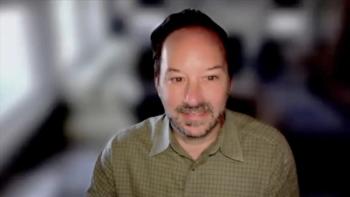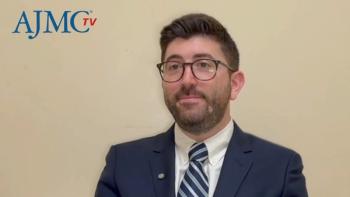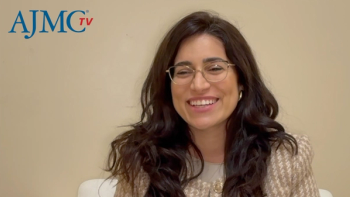
More Research Is Critical to Expand GLP-1 Access for Children: Marry Vuong, PharmD, BCPPS
As rates of childhood obesity rise, clinicians call for increased data collection to support insurance coverage and safe use of glucagon-like peptide 1 (GLP-1) medications in children under 12 years.
With more children between the ages of 6 and 12 years meeting clinical criteria for glucagon-like peptide 1 (GLP-1) therapy, it's time to expand the research, says Marry Vuong, PharmD, BCPPS, chief of clinical operations, Perfecting Peds. Current insurance coverage often excludes younger patients due to limited data, leaving many families without access to potentially life-changing treatment. To address this, clinicians are working to collect and publish real-world evidence that can help shape future guidelines and improve access to care.
This transcript was edited for clarity; captions were auto-generated.
Transcript
As GLP-1 therapies evolve to become more personalized, what excites you most from a clinical impact standpoint?
I think what excites me the most is just the education part of it too, because a lot of people see it as a band-aid. A lot of people see the GLP-1s as something bad because it is expensive for the health plan, and it is something that is kind of invasive for the families because they have to give injections. It's a whole lifestyle change.
But the way I see it is, it's not something that is going to be a forever solution. It's something to help kind of catapult the individual so that it's easier for them to lose weight. A lot of times, it's easy to say, “Oh, just change your diet. Oh, just work out. You're lazy—that's the reason why you have these weight problems.” But a lot of times, if you look at the whole family, which is what we like to do, you can see that it's not just a laziness thing. It could be genetic. It could be so many other factors. It could be their socioeconomic status and their access to food, and that's the reason why they're a little bit heavier.
With the emerging GLP-1 medications, a lot of these patients are able to kind of push themselves to the point where they're light enough to work out more, where they feel better, where they're not as hungry—so that they're able to catapult themselves into weight loss a little bit easier.
With cost remaining a major barrier for GLP-1s and newer diabetes therapies, what changes would you most like to see to improve equitable access?
I think more research, because a lot of times when we see the insurance rejections, it's because it's indicated for X age, and it's usually 12 years and older. However, we're seeing larger children now, more so than before. A lot of these 6- to 12-year-olds fit the mold of someone who may benefit from a GLP-1. But without the research, it's hard for the insurance company to approve it.
There are also a lot of compounding pharmacies that will make them, and that comes at a lower cost, but it's still a little bit iffy. Definitely, just having more research, more people collecting data, contributing to the literature, would definitely help. And that's something that we're trying to do as well. We're trying to compile as much data as we can with the patients that we have, and then we're trying to just publish what we can as well so we can contribute.
Newsletter
Stay ahead of policy, cost, and value—subscribe to AJMC for expert insights at the intersection of clinical care and health economics.









































